

Taking you through the different preservatives and their effects on yeast






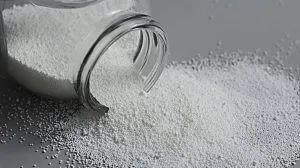


Effect of Rising Time

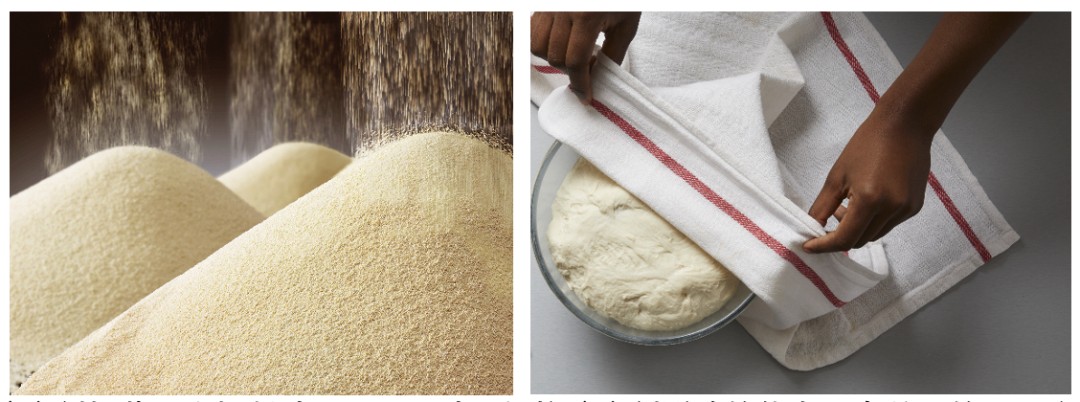
As a 171 year old company that originated in France and started out as a fermentation technology company, Lesaffre has been dedicated to strain cultivation for many years, and has done its best to provide multifaceted solutions for its customers. Lesaffre’s premium range of products, Swallow High Active Dry Yeast and Lesaffre Industrial Dry Yeast, both have excellent fermentation power in preservative-added formulations. How will these yeasts perform in the post-dehydrogenation era, and will they continue to protect bakers on their bread-making journey? We did a series of tests on this, and we did a series of tests on this, and we selected four typical recipes to validate them.
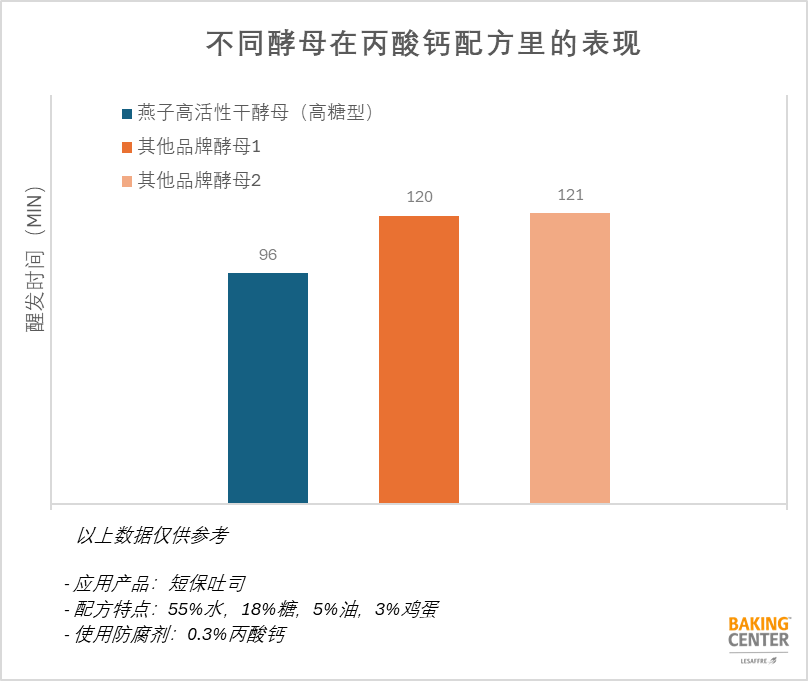
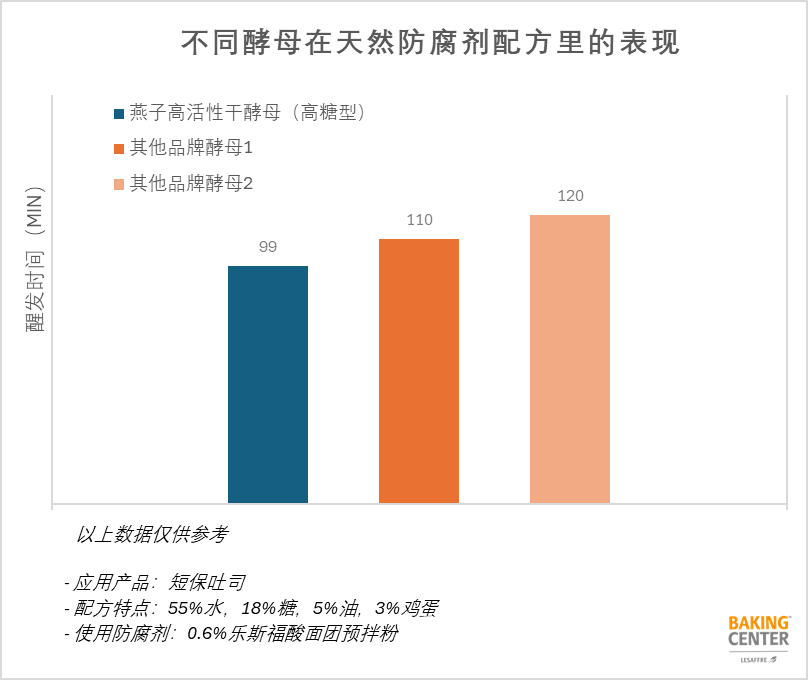
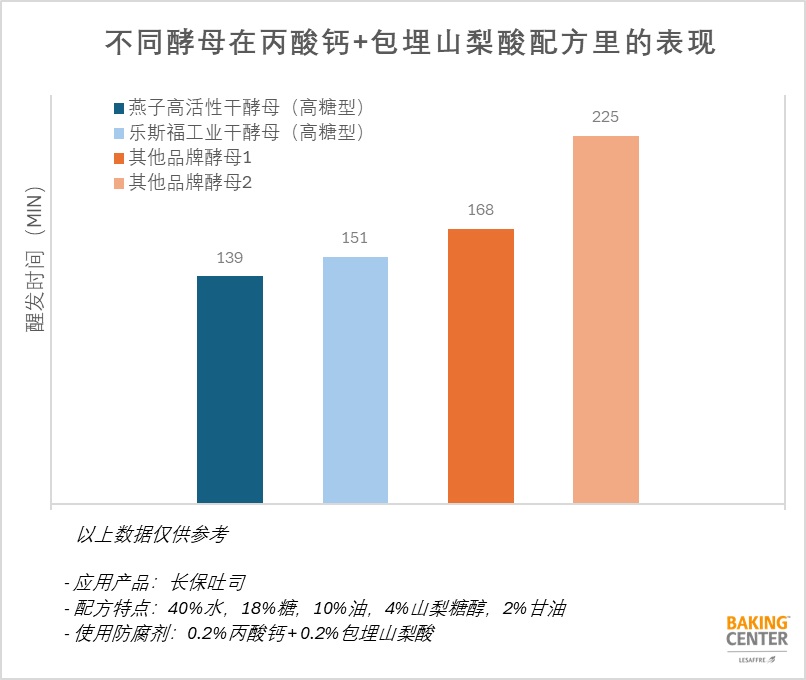
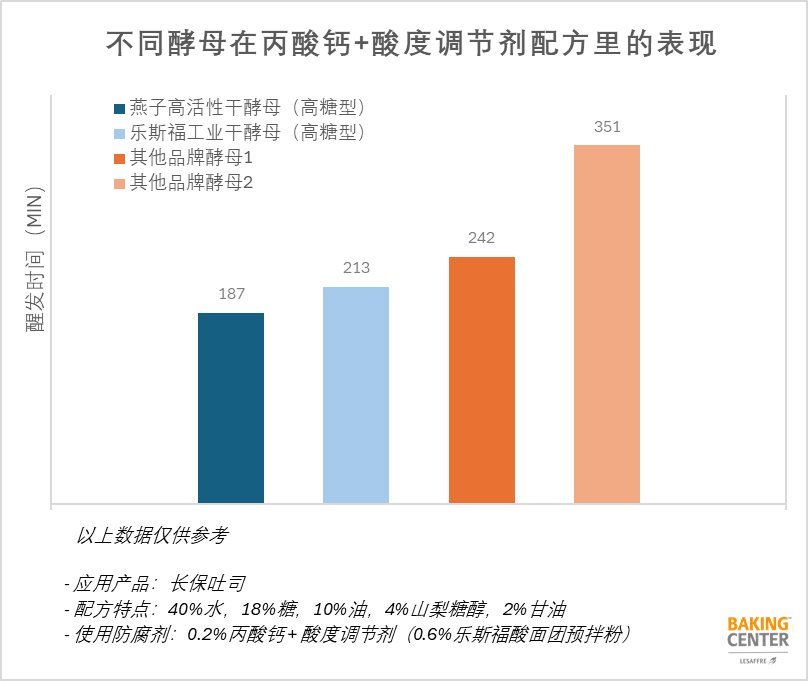
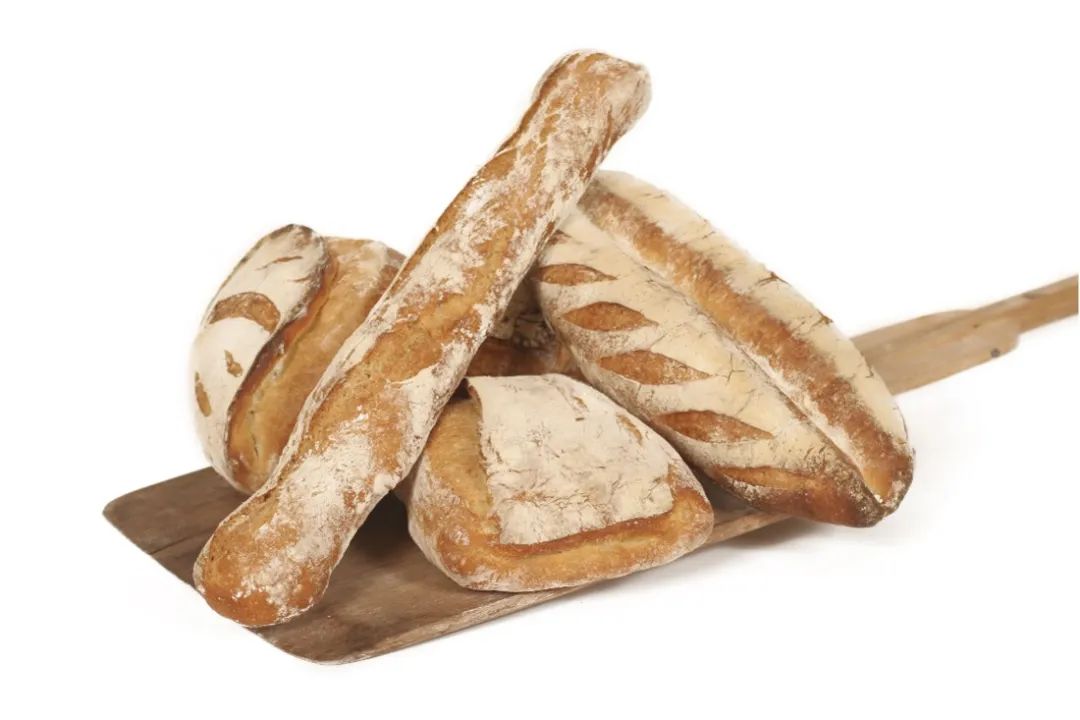


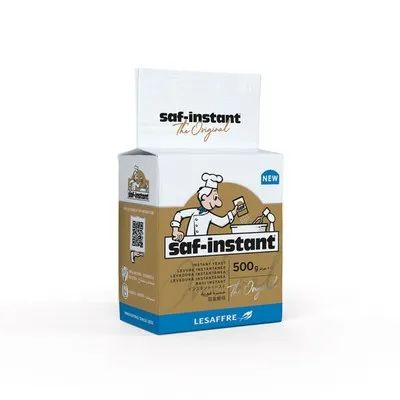
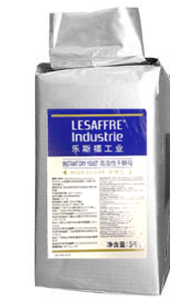
|
(High Sugar Type) |
(high sugar type) |
|
|
|


Application Development Team Engineer



